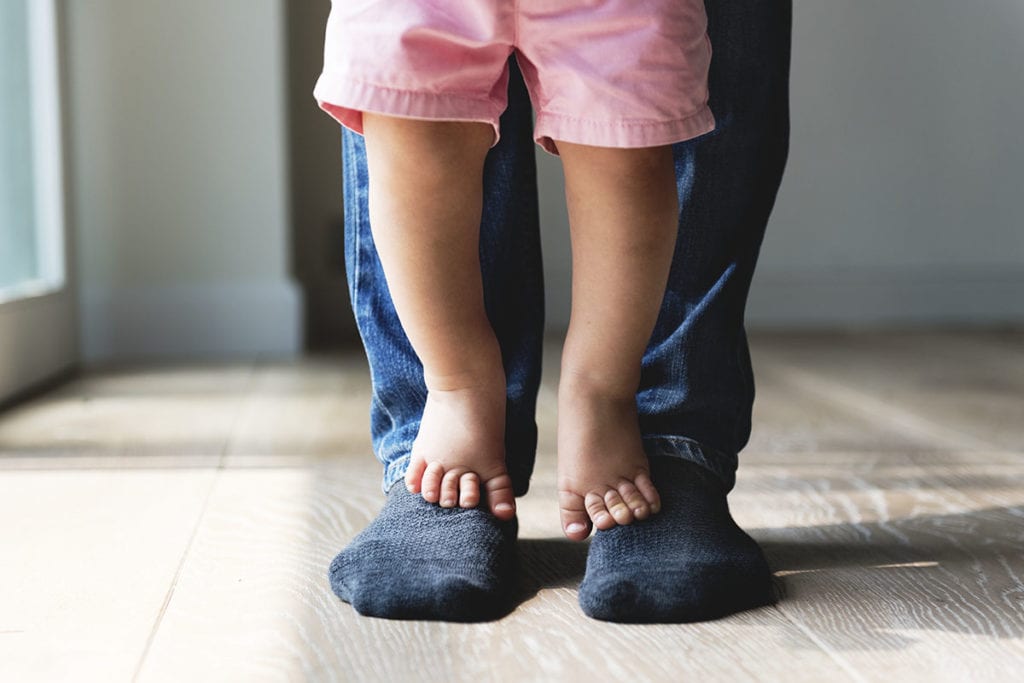You may have gotten your mother’s eyes, your dad’s hair and lots of other characteristics from your parents. Did you ever consider that alcoholism might be one of them? We’ve always known eye color was a gene but the gene related to alcoholism might not be as well known.
The link between heredity and alcohol abuse is unquestionable. Twenty-five percent of children of alcoholics become alcoholics themselves, and they don’t just learn the behavior by watching. The Gabra2 Gene governs alcohol dependency, and it is both fascinating and a bit scary to realize that our genetic predisposition to alcoholism has been decided before we are born. There is undeniably something more than just a desire to drink that makes alcoholism rampant in some families. Consider this fact: When a twin is an alcoholic, there is a 76 percent chance that his or her identical twin is also an alcoholic. But if those twins are fraternal, the chance drops to 26 percent.More Than Just Genes
The common questions about alcoholism come back to the idea of Nature or Nurture. This video will walk you through various aspects related to this idea. How much influence does your environment play compared to your heredity? The common belief is that alcoholism is about 50 percent genetics and 50 percent environment. You could be born into an alcoholic family and have the gene for alcoholism, but resist the urge to drink. Or you could come from a family who never drink and decide to start throwing down hard booze, developing a problem. Though you may be predisposed to alcoholism, that fate is not predetermined. With education and awareness, you can decide your own path regardless of how your family behaves. What can lead to alcoholism when you do not have a genetic predisposition toward it? There are a number of factors, but these are the five most common:
- Abuse
- Anxiety
- Depression
- Stress
- Parental attitudes
When those collude to produce a home life that is suffocating, sad, or dangerous, someone may decide to use alcohol to escape those problems, at least temporarily. For example, 68 percent of people say that their mood is lifted and they become happy when they drink alcohol. Only 1 percent say they get angry, and 0 percent report being sad.
Environment Versus Heredity
Alcoholism is also linked to being social. Forty-four percent say they drink when they are entertaining, while only 12 percent say they do it to forget a bad day. Your environment can include more than just what’s around you, too. It also depends on where you live. Fifty-six percent of adults in the Northeast say they drink, while only 48 percent of those in the South do. The things we learn from those around us carry just as much of an impact on our behavior as the genes located inside our bodies. With 1 in every 12 adults suffering from alcohol dependence, this video infographic might help clear up some misunderstanding. We’ll look into education, income, and region of current drinkers. Is one-drink-too-many the result of Nature or Nurture?
Embed and share
View the Video Infographic on YouTube. If you enjoyed this motion graphic and want to make a difference, please share it with your friends!

